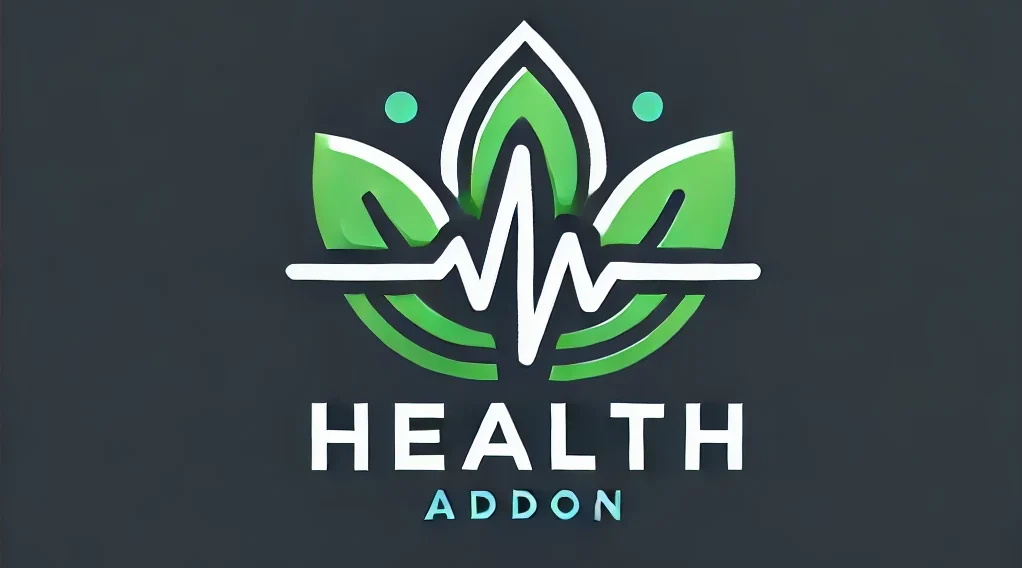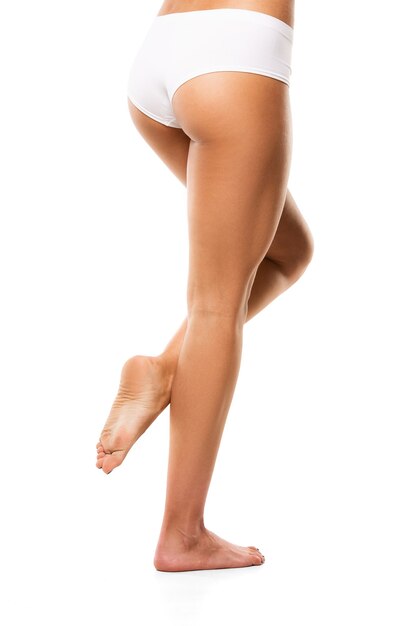Varicose veins are a prevalent issue, especially in the legs. About 20 to 25 million Americans have varicose veins, with a higher incidence in women—about 33% of women versus 17% of men. These veins result from weak or damaged valves that help blood return to the heart, causing blood to pool and veins to twist or stretch. While often just a cosmetic concern, varicose veins can also be painful or uncomfortable.
There are reasons why varicose veins are more common in women:
1. Women have higher levels of progesterone, a hormone crucial for pregnancy and reproductive health. These high hormone levels can relax blood vessel walls, weakening valves over time and leading to varicose veins.
2. Hormonal birth control, especially pills, increases the risk of varicose veins and blood clots. These contraceptives mimic the body’s natural hormones and can have long-term effects similar to pregnancy.
3. Pregnancy can put extra pressure on veins and valves due to elevated progesterone levels and increased blood flow. This condition can be exacerbated by weight gain and body strains, especially in the pelvic area.
4. The risk of varicose veins rises with age and hormonal changes during menopause.
5. Wearing high heels and tight clothing can impede blood flow in the legs, making it harder for valves to function properly.
There are some tips to reduce the risk of varicose veins:
– Engage in daily light exercise to keep blood flowing.
– Take breaks to avoid prolonged sitting or standing.
– Maintain a healthy diet and weight.
– Elevate your legs to improve circulation, particularly during pregnancy.
– Use compression stockings to reduce the risk and provide relief if you already have varicose veins.
Home remedies can provide relief. However, if symptoms like pain, swelling, or heaviness in the legs affect your quality of life, consult a vein specialist. Specialists can offer treatments like laser therapy, sclerotherapy, and ablation for more severe cases, and surgical removal if necessary.
By understanding these factors and taking proactive steps, you can manage and reduce the risk of varicose veins effectively.

